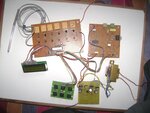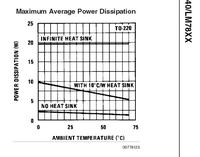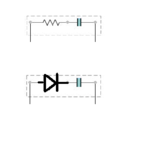Golden Electronics
Full Member level 5
Recently I develop one project in which total 6 AC motor & one 2KW Heater. The project contain 16x2 LCD display with PIC16F886. When use press key then 2 motor on at a time. Also Heater cont on-off to maintain temperature. During trial I observe that after some key operation LCD show garbage & it remain few minute & back to normal display. During key operation LCD message change. I also isolate all AC part from controller with isolation. Motor drive using Relay & heater drive using triac. LCD in 4 bit mode.
Can any one face such problem then inform any idea...
Can any one face such problem then inform any idea...



